-
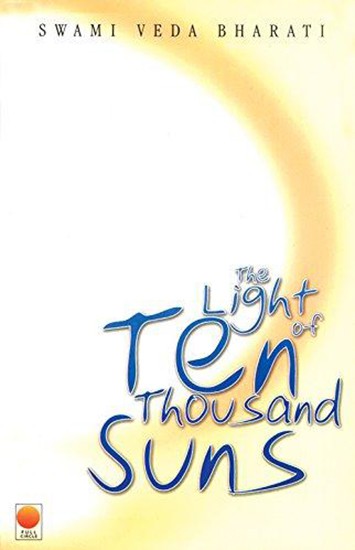 This special book is a set of inspirational teachings in poetic verse and prose of the major spiritual knowledge of the Himalayan yoga meditation tradition. "The Light of Ten Thousand Suns" is also the autobiography of Swami Veda Bharati, who allows us an intimate look into his own path of learning, teaching, and commitment to his Master.
This special book is a set of inspirational teachings in poetic verse and prose of the major spiritual knowledge of the Himalayan yoga meditation tradition. "The Light of Ten Thousand Suns" is also the autobiography of Swami Veda Bharati, who allows us an intimate look into his own path of learning, teaching, and commitment to his Master. -
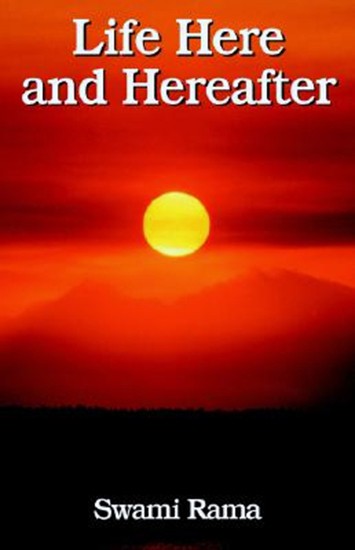 Based on the encounter between Yama, the King of Death, and Nachiketa, the seeker of death's meaning, this book examines the mystery and challenge of death. The story is taken from the Kathopanishad, one of the most important and ancient of all the scriptures. A philosophical understanding of the meaning and purpose of life and death is presented, along with a practical psychology for coping with life and for overcoming the fear of death.
Based on the encounter between Yama, the King of Death, and Nachiketa, the seeker of death's meaning, this book examines the mystery and challenge of death. The story is taken from the Kathopanishad, one of the most important and ancient of all the scriptures. A philosophical understanding of the meaning and purpose of life and death is presented, along with a practical psychology for coping with life and for overcoming the fear of death. -
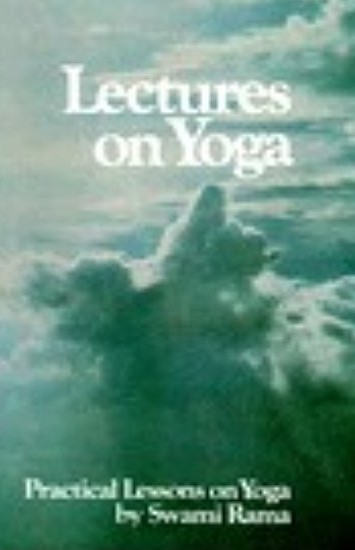 Lectures on Yoga is a systematic, easy to understand presentation of effective self-training programs to expand one's physical, mental and spiritual horizons. East and West are united to give readers a practical method to self-understanding; all ages will benefit from this lucid presentation of time-honored wisdom.
Lectures on Yoga is a systematic, easy to understand presentation of effective self-training programs to expand one's physical, mental and spiritual horizons. East and West are united to give readers a practical method to self-understanding; all ages will benefit from this lucid presentation of time-honored wisdom. -
 This collection of the timeless teachings of one of the greatest sages of India, Sri Nisargadatta Maharaj, is a testament to the uniqueness of the seer's life and work and is regarded by many as a modern spiritual classic. I Am That (first published in 1973) continues to draw new audiences and to enlighten seekers anxious for self-realization. Sri Nisargadatta Maharaj was a teacher who did not propound any ideology or religion, but gently unwrapped the mystery of the self. His message was simple, direct, and sublime. I Am That preserves his dialogs with the followers who came from around the world seeking guidance in destroying false identities. The sage's sole concern was with the human suffering and the ending of suffering.
This collection of the timeless teachings of one of the greatest sages of India, Sri Nisargadatta Maharaj, is a testament to the uniqueness of the seer's life and work and is regarded by many as a modern spiritual classic. I Am That (first published in 1973) continues to draw new audiences and to enlighten seekers anxious for self-realization. Sri Nisargadatta Maharaj was a teacher who did not propound any ideology or religion, but gently unwrapped the mystery of the self. His message was simple, direct, and sublime. I Am That preserves his dialogs with the followers who came from around the world seeking guidance in destroying false identities. The sage's sole concern was with the human suffering and the ending of suffering. -
 How to Live Between Office Visits will show you helpful insights for reaching healing and happiness. The book includes great stories that can help you through life’s hard challenges and struggles and come out lighter, brighter, and happier. It is full of witty and helpful assertions and anecdotes from Bernie’s years of medical practice. If you need or want any help getting through office visits with hope, light and health; or you just want to have a better outlook for life, this is the book for you! It also makes a great gift for a loved one that could use a little help.
How to Live Between Office Visits will show you helpful insights for reaching healing and happiness. The book includes great stories that can help you through life’s hard challenges and struggles and come out lighter, brighter, and happier. It is full of witty and helpful assertions and anecdotes from Bernie’s years of medical practice. If you need or want any help getting through office visits with hope, light and health; or you just want to have a better outlook for life, this is the book for you! It also makes a great gift for a loved one that could use a little help. -
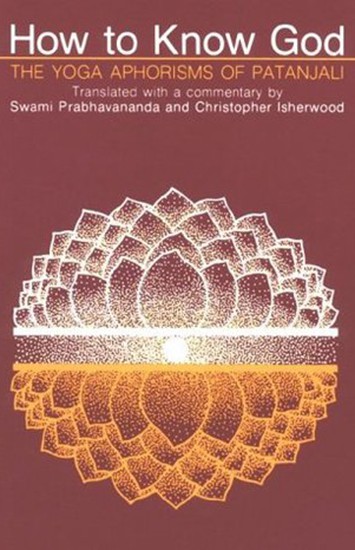 The Yoga Aphorisms of Patanjali is a major work on the practice of yoga and meditation. Through these ancient aphorisms you will learn how to control your mind and achieve inner peace and freedom. Although these methods were taught over 2,000 years ago, they are as alive and effective today as they have ever been.
The Yoga Aphorisms of Patanjali is a major work on the practice of yoga and meditation. Through these ancient aphorisms you will learn how to control your mind and achieve inner peace and freedom. Although these methods were taught over 2,000 years ago, they are as alive and effective today as they have ever been. -
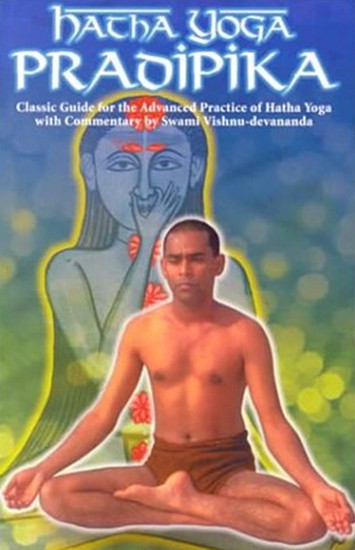 The Hatha Yoga Pradipika is a classical text describing Hatha Yoga. It is said to be the oldest surviving text on Hatha Yoga. Swami Swatmarama, a disciple of Swami Goraknath, wrote the text in the 15th century CE, drawing upon previous texts and his own experiences. While the text describes asanas (postures), purifying practices (shatkarma), mudras (finger and hand positions), bandhas (locks), and pranayama (breath exercises), it also explains that the purpose of Hatha Yoga is the awakening of kundalini (subtle energy), advancement to Raja Yoga, and the experience of deep meditative absorption known as samadhi.
The Hatha Yoga Pradipika is a classical text describing Hatha Yoga. It is said to be the oldest surviving text on Hatha Yoga. Swami Swatmarama, a disciple of Swami Goraknath, wrote the text in the 15th century CE, drawing upon previous texts and his own experiences. While the text describes asanas (postures), purifying practices (shatkarma), mudras (finger and hand positions), bandhas (locks), and pranayama (breath exercises), it also explains that the purpose of Hatha Yoga is the awakening of kundalini (subtle energy), advancement to Raja Yoga, and the experience of deep meditative absorption known as samadhi. -
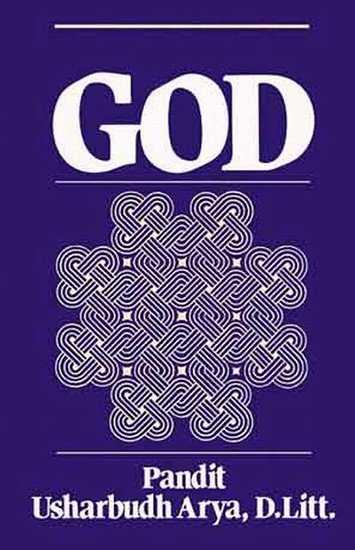 One cannot talk about God, Dr. Arya tells us; one can only be conscious of Him experientially. Everyone is looking for God: the alcoholic in his bottle, the child in his Superman comics, the artist in his work. The need to know God springs from our deepest nature. But most of us are not aware of this. And so, drawing upon his own rich background in the yoga-Vedanta tradition, the author tells us how this awareness can be developed in everyone (including atheists and agnostics).
One cannot talk about God, Dr. Arya tells us; one can only be conscious of Him experientially. Everyone is looking for God: the alcoholic in his bottle, the child in his Superman comics, the artist in his work. The need to know God springs from our deepest nature. But most of us are not aware of this. And so, drawing upon his own rich background in the yoga-Vedanta tradition, the author tells us how this awareness can be developed in everyone (including atheists and agnostics). -
 Phil Nuernberger's From Loneliness to Love picks up where his prior book "The Quest For Personal Power" ends. The author briefly restates his methods for achieving self-knowledge, self-mastery and self-fulfillment which the reader will find clearly explained in "The Quest." Phil's message is that loneliness is a spiritual problem, an illusion created by our ego. He prescribes prayer, meditation, and contemplation as the means to achieving the mystical experience of love.
Phil Nuernberger's From Loneliness to Love picks up where his prior book "The Quest For Personal Power" ends. The author briefly restates his methods for achieving self-knowledge, self-mastery and self-fulfillment which the reader will find clearly explained in "The Quest." Phil's message is that loneliness is a spiritual problem, an illusion created by our ego. He prescribes prayer, meditation, and contemplation as the means to achieving the mystical experience of love. -
 The Heart and Science of Yoga™ is both the record of a personal journey and a transformational teaching. You'll find easy-to-learn meditations, prayers, teaching stories from the world's great spiritual traditions, breathing practices, a user's guide for the mind, techniques for accessing intuitive wisdom, an introduction to ancient Ayurvedic health principles and a holistic program of easy, gentle exercise. Whether you are a beginner or a long-time student, Leonard provides loving support and valuable insights to advance your understanding, deepen your practice and nurture your Self-transformation. The Heart and Science of Yoga™ is the perfect companion and guide on the greatest adventure you will ever have -- your personal journey to peace, happiness and freedom from fear.
The Heart and Science of Yoga™ is both the record of a personal journey and a transformational teaching. You'll find easy-to-learn meditations, prayers, teaching stories from the world's great spiritual traditions, breathing practices, a user's guide for the mind, techniques for accessing intuitive wisdom, an introduction to ancient Ayurvedic health principles and a holistic program of easy, gentle exercise. Whether you are a beginner or a long-time student, Leonard provides loving support and valuable insights to advance your understanding, deepen your practice and nurture your Self-transformation. The Heart and Science of Yoga™ is the perfect companion and guide on the greatest adventure you will ever have -- your personal journey to peace, happiness and freedom from fear. -
 Eknath Easwaran is a foremost translator and interpreter of the much-loved Indian scripture, the Bhagavad Gita. He liked to say that his verse-by-verse commentary grew like a tree issuing directly from his life, which was so rooted in the Gita that he found a deep understanding of its teachings in the most everyday experiences – sharing a treat with young children, walking with friends down a busy street, or watching a mime in San Francisco’s Union Square. Easwaran translates each verse, relates it to our modern lives through stories and anecdotes, and gives us spiritual exercises that we can use every day. This first volume in a three-volume set covers chapters 1–6 of the Gita, and concentrates on the individual: the nature of our innermost Self, how it can be discovered in the depths of consciousness, and how this discovery transforms daily life. The introduction includes instructions in Easwaran’s universal method of passage meditation.
Eknath Easwaran is a foremost translator and interpreter of the much-loved Indian scripture, the Bhagavad Gita. He liked to say that his verse-by-verse commentary grew like a tree issuing directly from his life, which was so rooted in the Gita that he found a deep understanding of its teachings in the most everyday experiences – sharing a treat with young children, walking with friends down a busy street, or watching a mime in San Francisco’s Union Square. Easwaran translates each verse, relates it to our modern lives through stories and anecdotes, and gives us spiritual exercises that we can use every day. This first volume in a three-volume set covers chapters 1–6 of the Gita, and concentrates on the individual: the nature of our innermost Self, how it can be discovered in the depths of consciousness, and how this discovery transforms daily life. The introduction includes instructions in Easwaran’s universal method of passage meditation. -
 Eknath Easwaran is a foremost translator and interpreter of the much-loved Indian scripture, the Bhagavad Gita. In this verse-by-verse commentary on the Gita, Easwaran translates each verse, relates it to our modern lives through stories and anecdotes, and gives us spiritual exercises that we can use every day. This second volume in a three-volume set covers chapters 7 – 12 of the Gita, and builds a bridge between scientific knowledge and spiritual wisdom by showing the indivisible unity governing all creation.
Eknath Easwaran is a foremost translator and interpreter of the much-loved Indian scripture, the Bhagavad Gita. In this verse-by-verse commentary on the Gita, Easwaran translates each verse, relates it to our modern lives through stories and anecdotes, and gives us spiritual exercises that we can use every day. This second volume in a three-volume set covers chapters 7 – 12 of the Gita, and builds a bridge between scientific knowledge and spiritual wisdom by showing the indivisible unity governing all creation. -
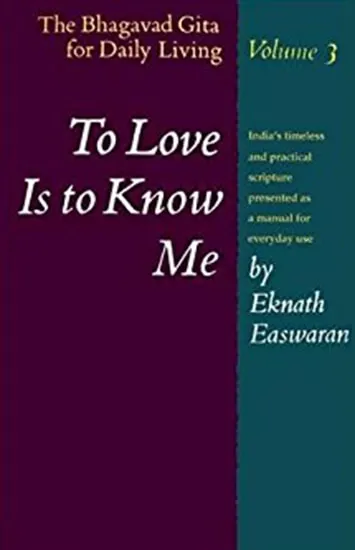 To understand death, a person must try to understand the purpose of life and the relationship between life and death. The two are partners, each providing a context for the other. Death is not a period, but merely a pause on a long journey. When life and death are accepted as having real meaning and purpose, and death is understood and accepted as part of the human journey, then the fear of death disappears and life can be lived fully. This book is about the relationship between life and death, and the 'how and why' of organizing one's life in a way that leads to expansion and growth, and that is helpful in preparing for the transition we call death.
To understand death, a person must try to understand the purpose of life and the relationship between life and death. The two are partners, each providing a context for the other. Death is not a period, but merely a pause on a long journey. When life and death are accepted as having real meaning and purpose, and death is understood and accepted as part of the human journey, then the fear of death disappears and life can be lived fully. This book is about the relationship between life and death, and the 'how and why' of organizing one's life in a way that leads to expansion and growth, and that is helpful in preparing for the transition we call death.







